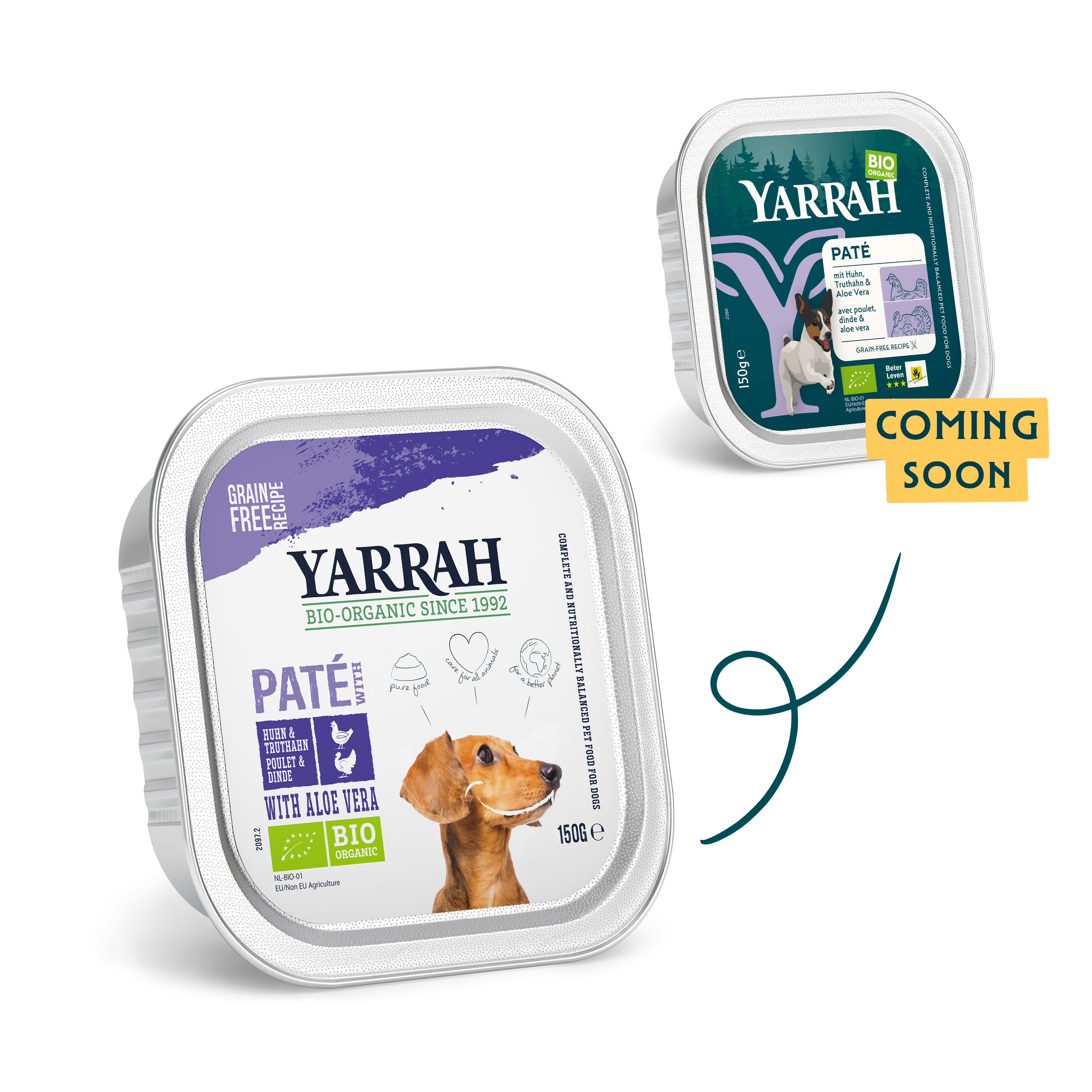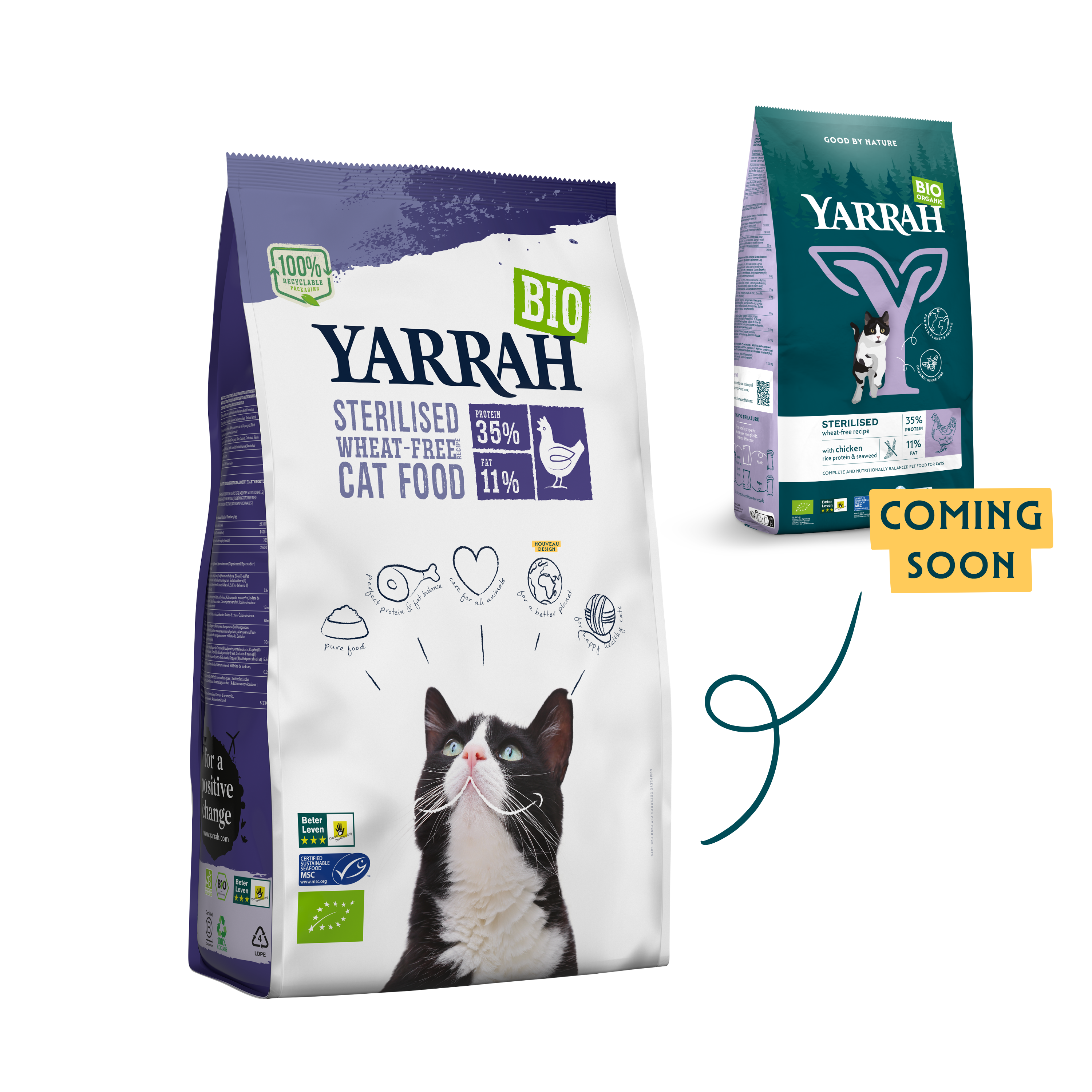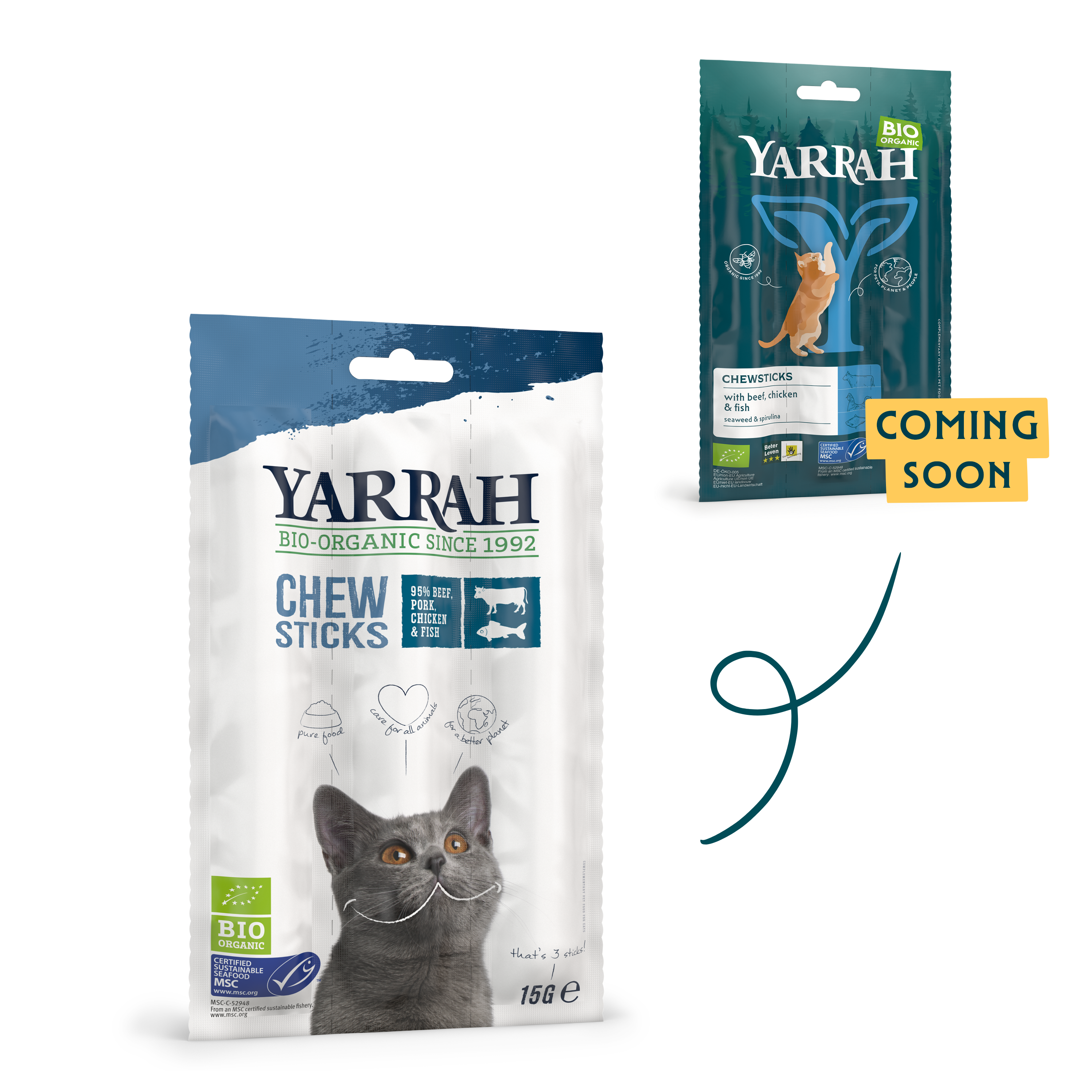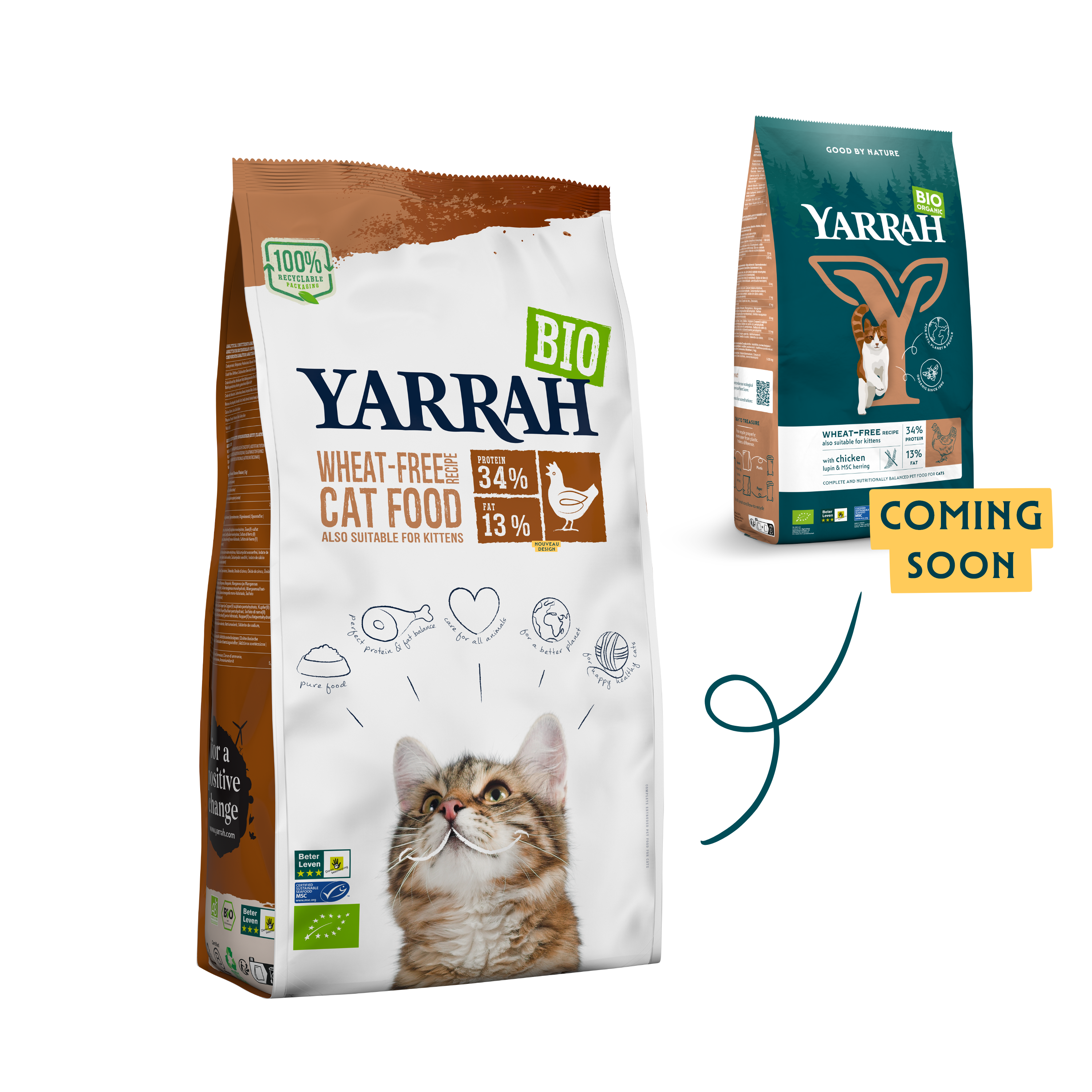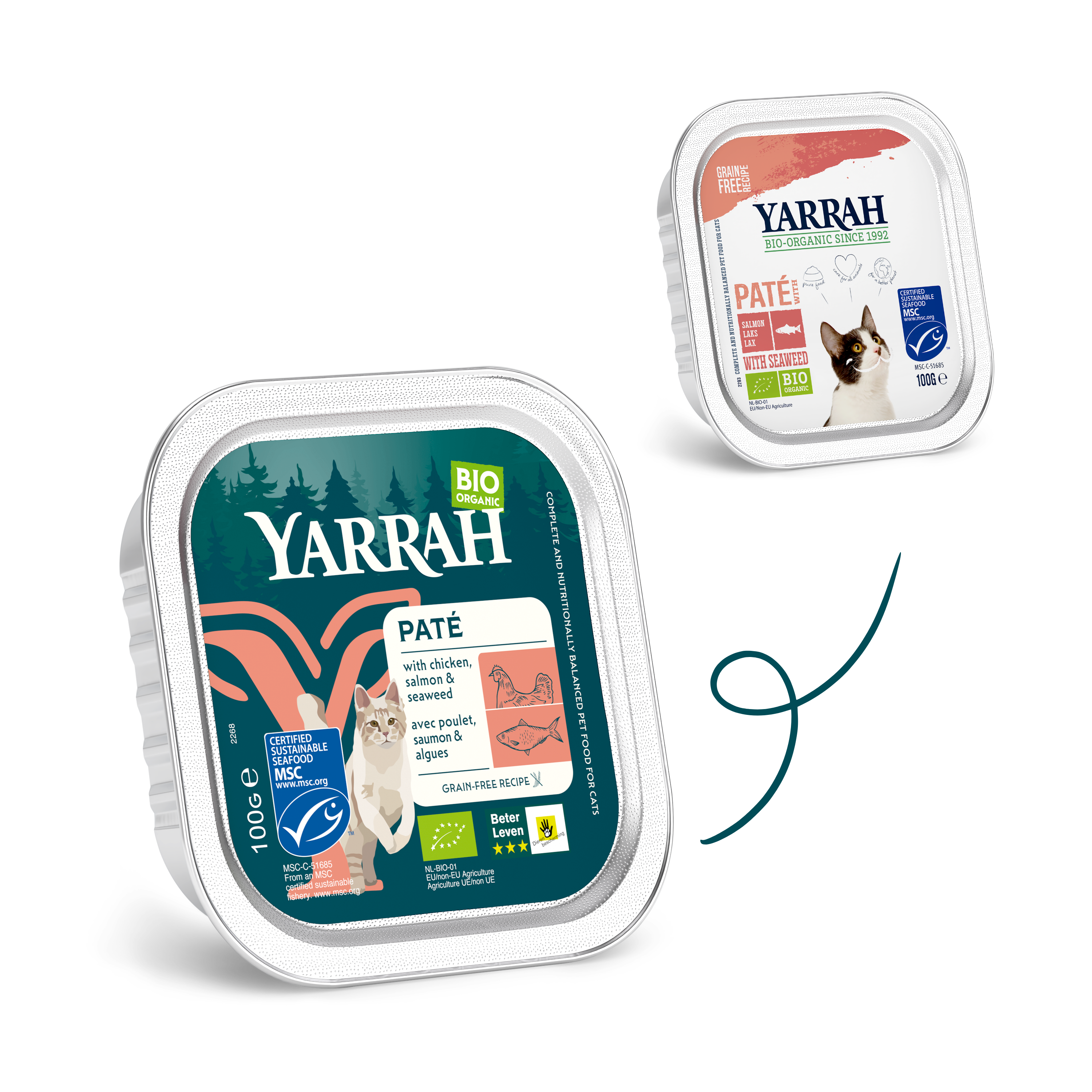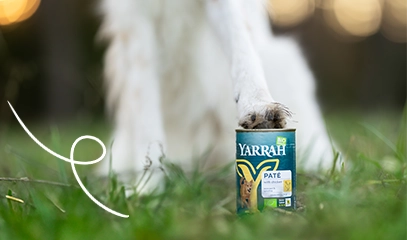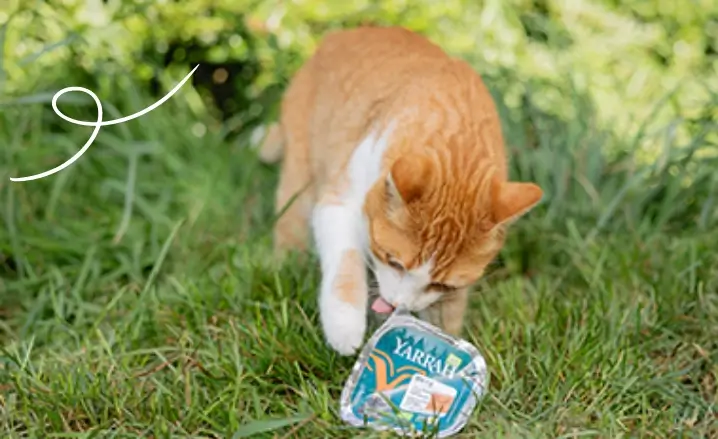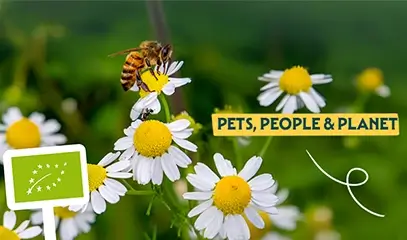Feline lower urinary tract disease (FLUTD). What is it and what can you do about it?
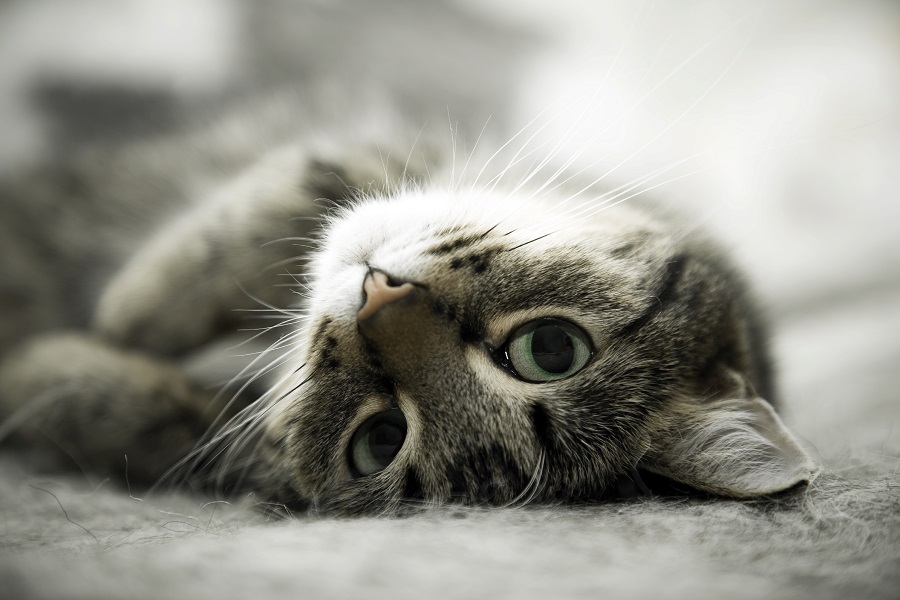
Does your cat seem to be heading to the litter tray a lot, or is he sometimes peeing in other places as well? Does it take him a long time to pee and is he miaowing in pain as he does so? Or is there blood in his urine? If so, there’s a good chance that your cat has FLUTD. If left untreated, it could lead to a urinary tract infection or inflammation of the bladder.
Types
The two most common forms of FLUTD involve calcium oxolate and struvite bladder stones. In the case of the calcium oxolate stones, the urine is too acidic, whereas with struvite stones it isn’t acidic enough. Your vet will be able to tell you which of these forms your cat has.
What causes it?
FLUTD entails small crystals forming in the urinary tract, making urination painful. There are various causes of FLUTD, from not drinking enough to sheer bad luck. It’s often a combination of the following factors:
1. Predisposition
When FLUTD occurs within a family of cats, then the chances of a cat’s brothers and sisters also developing it are higher. Meaning it’s sheer bad luck for your cat.
2. Couch potato
Is your cat a cuddly couch potato? If so, he’ll be at an increased risk of FLUTD than his more active friends.
3. Weight
FLUTD is more common in fatter cats than it is in cats at a healthy weight.
4. Sex
A tomcat is at an increased risk of FLUTD than a female. It so happens that the males have a longer, narrower urethra, making blockages more likely.
5. Not drinking enough
If your cat doesn’t drink enough, then the urine will become overly concentrated, increasing the chances of crystal formation.
6. Wrong food
Cat food contains natural as well as added minerals. A surplus of minerals (such as phosphorus and magnesium) can lead to FLUTD. Incidentally, all of the food from Yarrah, dry and wet, contains the right quantity of vitamins and minerals.
What can you do about it?
Cat not drinking enough? Then give him some wet food to eat, as this is about 80% moisture. This can prevent FLUTD. Besides this, do stick to the dietary advice issued and don’t give your cat in excess of 10% more than the daily recommended allowance of food specified on the packaging.
If your cat still gets FLUTD, then please take him straight to the vet. The vet will be able to tell you which form of FLUTD your cat has: oxylate or struvite. If the vet’s advice is to use special dietetic food, then it would be sensible to follow this advice until the stones have disappeared. Once this is done, you’ll be able to slowly switch back to feeding your cat Yarrah, leaving him feeling happy and healthy once more!


